In the world of interior design, few styles capture the essence of tranquility and functionality quite like Scandinavian and Japanese minimalist design. Both approaches are rooted in simplicity, natural materials, and a focus on purposeful living. Together, they form a harmonious fusion known as Japandi—a style that’s equal parts warm and serene, modern yet timeless.
I first encountered Japandi when I was designing my studio apartment. I loved the clean lines and lightness of Scandinavian interiors but also yearned for the calm, meditative vibe found in Japanese spaces. Combining the two felt like an experiment at first, but it turned into a revelation. By pairing soft Nordic textures with Japanese-inspired precision and Zen principles, I created a space that felt both cozy and intentional.
The real beauty of Japandi is how it reflects the art of balanced living. It’s not just about how a space looks—it’s about how it feels. From carefully curated furniture to the calming use of natural materials, every detail invites peace and clarity. Let’s dive into how you can achieve this beautiful blend of Scandinavian and Japanese design in your own home.
The Perfect Design for You
Japandi design is ideal for anyone seeking a home that feels uncluttered yet welcoming, modern yet organic. If you’re tired of spaces that feel overly busy or chaotic, this style offers a chance to reconnect with simplicity and mindfulness.
Imagine walking into a living room where a low-profile Japanese-inspired sofa sits atop a pale Scandinavian rug, bathed in soft, natural light. A single ceramic vase with dried grasses adorns a sleek wooden coffee table. The room is free from excess but full of character—this is the essence of Japandi. It’s a design philosophy that emphasizes quality over quantity, making it perfect for those who value intentional living.
Picture Gallery
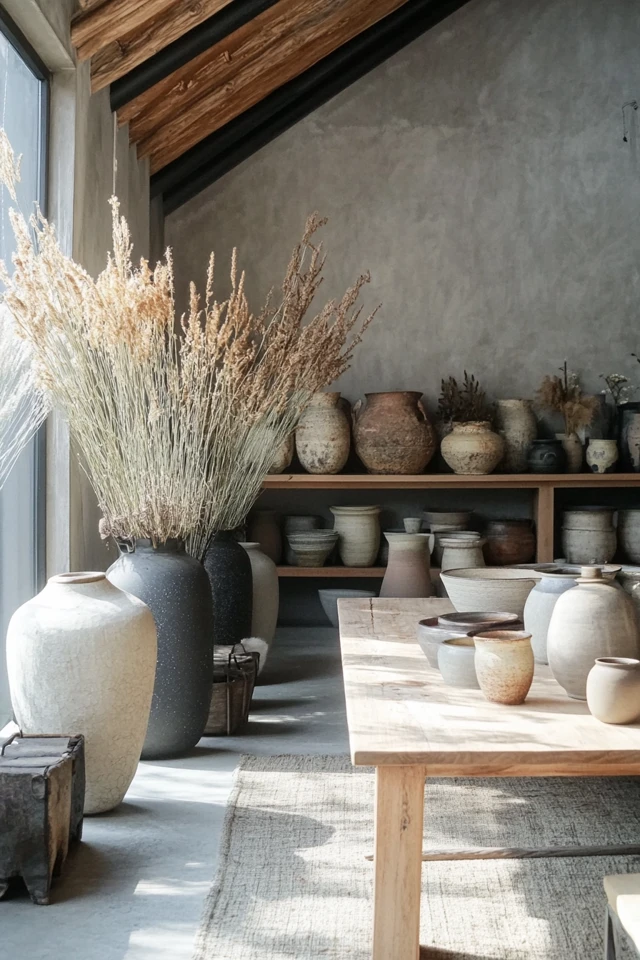
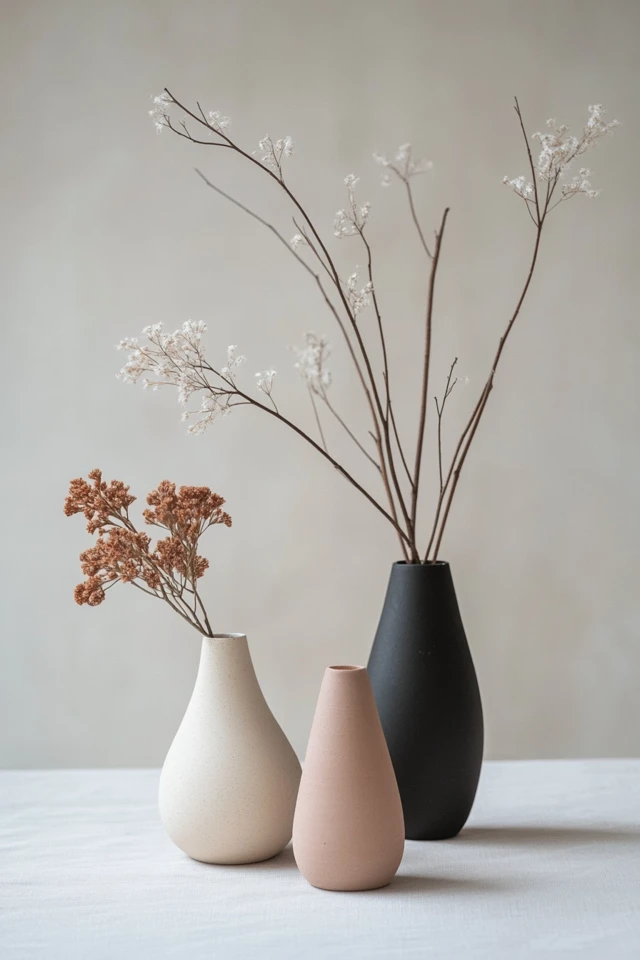
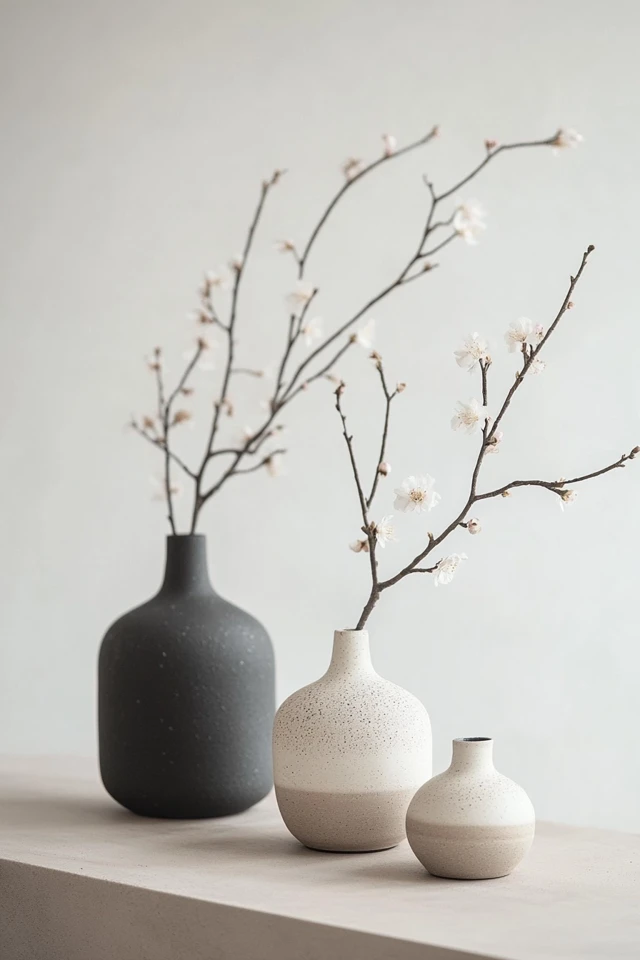
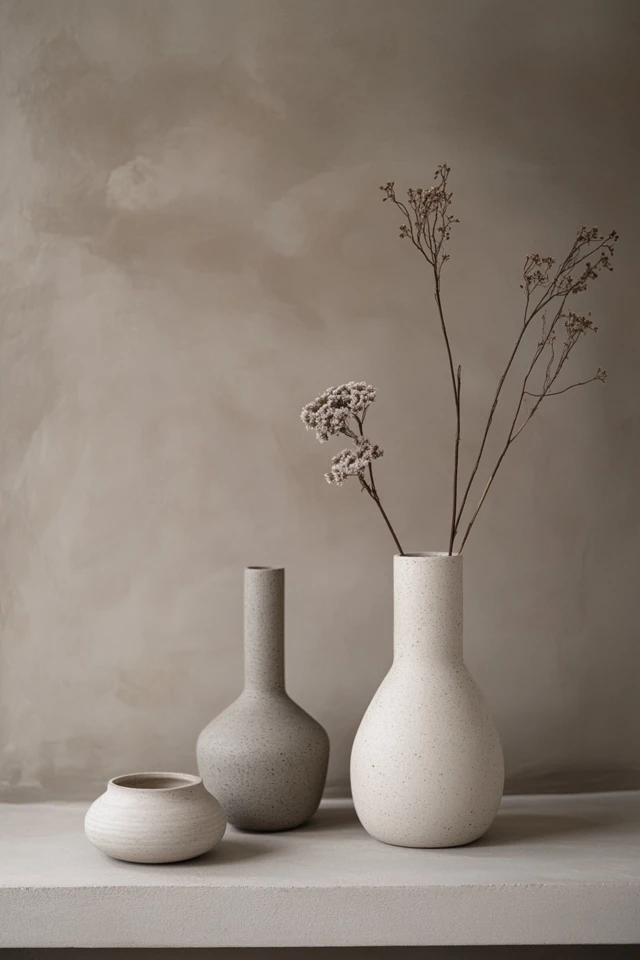
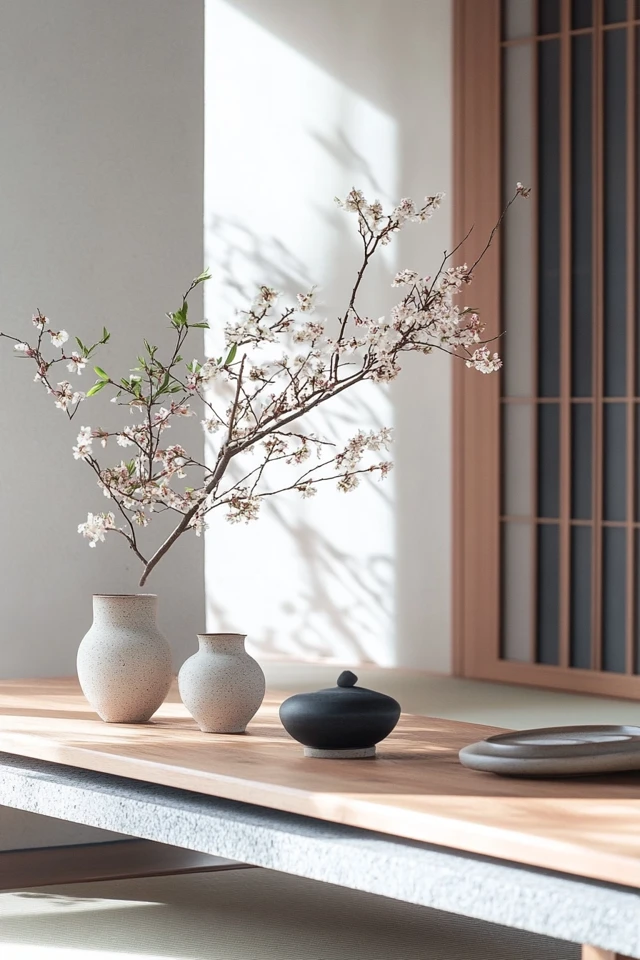
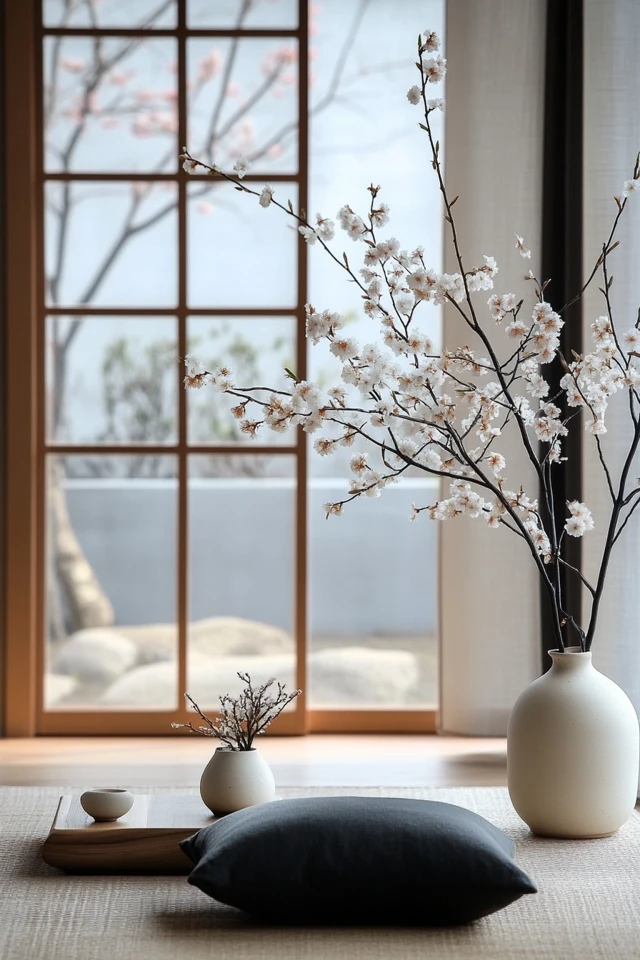
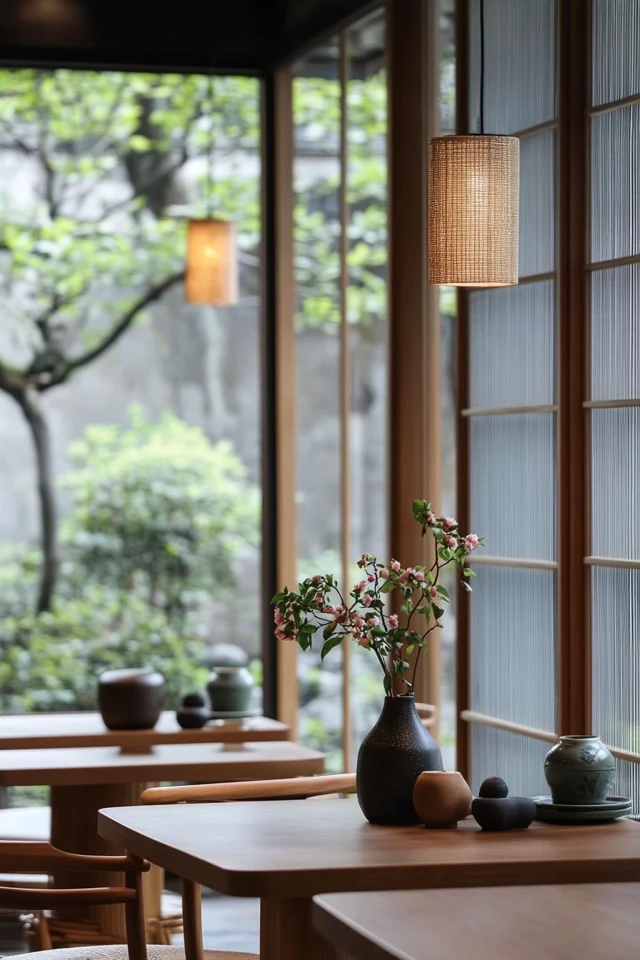
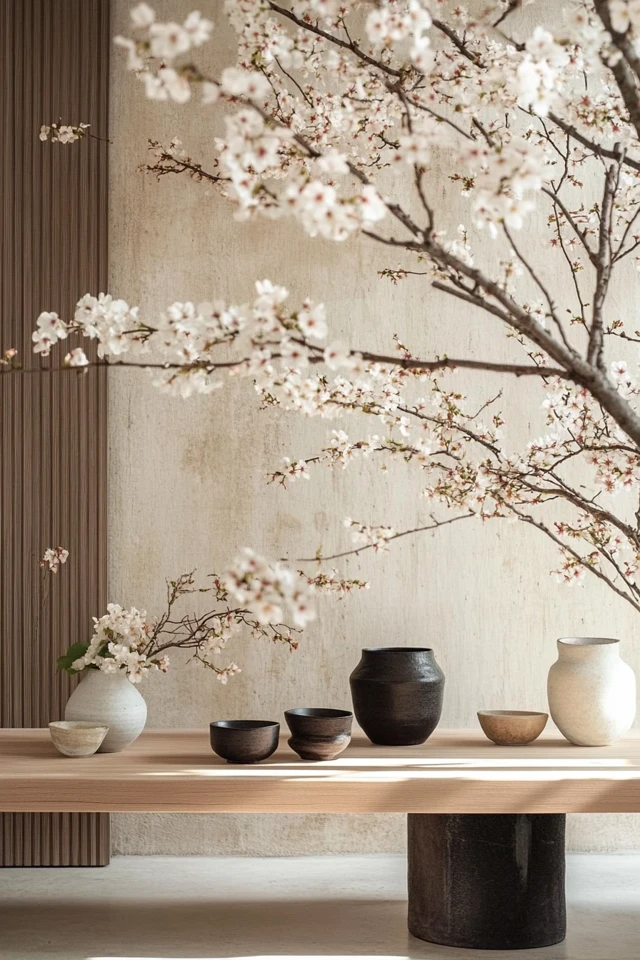
Why These Key Elements Work So Well Together
Scandinavian and Japanese designs share a mutual appreciation for simplicity and functionality, but each brings its own strengths to the table. The result is a style that’s more than the sum of its parts:
Key Elements:
- Neutral Color Palettes: Scandinavian whites, greys, and beiges blend beautifully with the warm, earthy tones of Japanese design. Together, they create a soothing and balanced environment.
- Natural Materials: Light woods like ash and oak from Scandinavian design complement darker Japanese woods like walnut and cedar, offering a rich contrast that feels organic.
- Low-Profile Furniture: Japanese-inspired low seating and tables are grounded in Zen philosophy, while Scandinavian furniture brings ergonomic comfort and simplicity.
- Minimalistic Decor: Both styles favor decluttered spaces with carefully chosen pieces that hold meaning or serve a purpose.
- Functional Layouts: Scandinavian functionality meets Japanese flow, creating interiors that prioritize ease of movement and natural light.
Evidence-based design theory highlights how natural materials and clean spaces can reduce stress and improve mental clarity. By combining these elements from two minimalist styles, Japandi design fosters a serene, harmonious home environment.
How to Blend Scandinavian and Japanese Minimalist Design: Step-by-Step
- Start with a Neutral Base
Paint walls in soft, neutral shades like off-white, beige, or light grey to create a calming foundation. - Layer Natural Woods
Use light woods for Scandinavian-inspired elements like flooring or shelving, and darker woods for Japanese-inspired furniture like a dining table or sliding doors. - Opt for Low-Profile Furniture
Choose sofas, chairs, and tables with clean lines and low heights. Look for pieces with natural upholstery like linen or cotton in muted tones. - Introduce Simple, Meaningful Decor
Keep decor minimal but intentional. A handcrafted ceramic bowl, a single branch in a vase, or a neatly folded textile can serve as subtle focal points. - Incorporate Texture
Balance the sleekness of Japanese design with Scandinavian softness by adding rugs, cushions, and throws in wool, linen, or jute. - Focus on Lighting
Use warm, diffused lighting to create a cozy atmosphere. Paper lanterns or pendant lights with wooden accents are ideal. - Add Greenery
Bring life to your space with a small selection of plants. Japanese bonsai or Scandinavian-inspired potted ferns work beautifully. - Declutter Ruthlessly
Remove any unnecessary items to maintain a clean, open space. Focus on quality over quantity in both furniture and decor. - Balance Warm and Cool Tones
Combine Scandinavian cool tones with the warmer, richer tones of Japanese design for a balanced and inviting aesthetic. - Create Zones
Use furniture placement and subtle design elements to define areas for relaxation, dining, and work, ensuring a functional flow throughout your space.
FAQ Section
1. What is Japandi style?
Japandi is a fusion of Scandinavian and Japanese design that emphasizes minimalism, natural materials, and functional elegance.
2. What materials work best for Japandi interiors?
Natural woods, linen, wool, ceramic, and stone are key materials. Their organic textures enhance the minimalist aesthetic.
3. How do I keep my Japandi space from feeling too cold?
Add warmth through soft textures, warm lighting, and small accents in earthy tones like terracotta or olive green.
4. Can Japandi work in small spaces?
Absolutely. The clean lines and decluttered approach make Japandi ideal for creating a sense of spaciousness in small rooms.
5. What colors are typical in Japandi design?
Neutral tones like white, beige, and grey are common, accented with warm wood tones and muted colors like sage green, charcoal, or rust.
Variations
Minimalist Japandi
Focus on a monochrome palette with even fewer decorative elements. Emphasize clean lines and open spaces for a Zen-like atmosphere.
Cozy Japandi
Add more texture and warmth with plush rugs, layered throws, and soft cushions. Choose warmer tones like taupe or cream for a more inviting feel.
Contemporary Japandi
Incorporate sleek metal or glass elements alongside traditional materials for a more modern twist.
How to Showcase It
Seasonal Changes
Japandi’s neutral palette makes it easy to adapt for any season. Add soft pastels in spring or cozy throws and candles in winter to refresh the look.
Holiday Gatherings
Japandi dining rooms are perfect for hosting. A wooden dining table with simple ceramic dishware and linen napkins creates an understated yet elegant setup.
Everyday Serenity
Create a Japandi-inspired reading nook with a low wooden bench, a soft cushion, and a small side table for tea or books.
Post-Renovation Reveal
If you’ve just renovated, Japandi design is a stunning way to highlight new finishes like light wood flooring or minimalist cabinetry.
Occasions to Feature It
- Housewarming Parties: Show off your serene and stylish space with Japandi-inspired interiors.
- Dinner Parties: Use Japandi elements to create a calming yet sophisticated dining experience.
- Relaxation Days: Japandi bedrooms or living rooms are perfect for unwinding with a cup of tea or a good book.
Conclusion
Blending Scandinavian and Japanese minimalist design is more than just a visual choice—it’s a lifestyle shift that prioritizes calm, balance, and intentional living. By combining the best of both styles, Japandi creates spaces that are not only beautiful but also deeply functional and restorative.
Whether you’re designing a new home or refreshing an old space, Japandi offers endless inspiration. Start small, experiment with textures and tones, and watch as your home transforms into a haven of peace and simplicity. Try it out, and let Japandi redefine the way you live.


